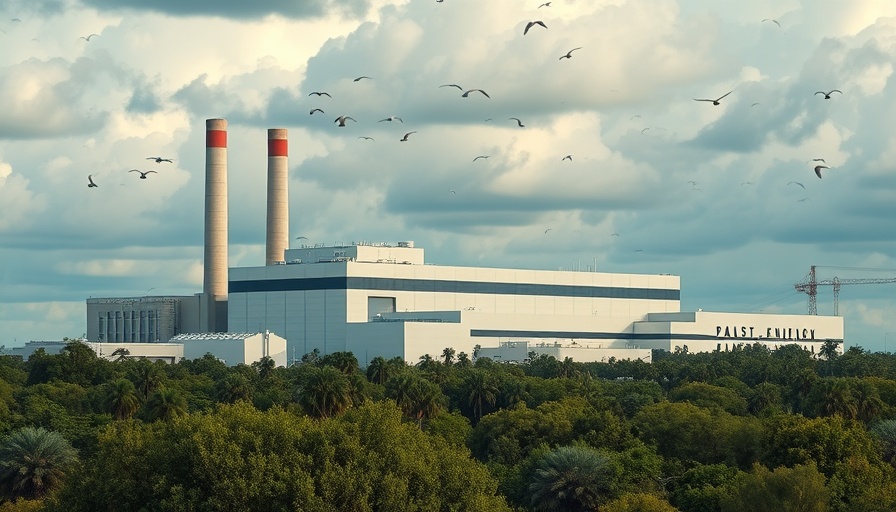
A Spooky Shift in HR Practices Amid Ongoing Layoffs
The environment within U.S. organizations has grown increasingly unsettling for HR executives and employees alike in 2025. With layoffs becoming a recurrent theme, organizations are conducting these dismissals in a "serial" manner — often implemented multiple times throughout the year. This trend represents a part of a larger effort to cut costs in the face of economic uncertainty and shifting corporate priorities.
Zach Nunn, CEO of experience management firm Living Corporate, emphasizes a concerning diversion from investment in employees. As organizations prioritize cost-cutting measures, the potential for cultivating a positive work environment and employee experience has diminished significantly. Nunn said, "What we’re seeing is a large-scale divestment from the employee experience in the day-to-day work, and that’s a scary place to be in, because if we’re not going to be investing in people, how do we create healthy experiences for customers?" Maintaining customer satisfaction is intricately tied to the investments made in staff performance and engagement.
The HR Landscape: Understaffed and Overworked
According to SHRM’s 2025 State of the Workplace report, 62% of HR professionals are currently overextending themselves, often working beyond their capacity, while a noteworthy 57% report that their departments are understaffed. These findings reflect a strain on HR resources, raising questions about the sustainability and effectiveness of current HR strategies amidst these layoffs.
DEI Efforts and AI: Competing Priorities
The challenges are not limited to layoffs. Diversity, Equity, and Inclusion (DEI) initiatives have also taken a back seat in many organizations as the focus shifts to managing operational costs. Though DEI efforts have gained traction over the past few years, the realities of budget constraints force organizations to reevaluate these critical programs. Furthermore, the integration of artificial intelligence (AI) into workplace processes presents both opportunities and hurdles. While AI can streamline certain functions, it also necessitates a cautious approach to manage employee expectations and job security.
Future Predictions: A Tricky AI Landscape Ahead
As businesses navigate through 2025, the juggling act between cost management and workforce engagement is likely to intensify, particularly with AI technologies reshaping workplace landscapes. HR leaders must prepare for a future where skilled human resources are crucial for leveraging AI effectively while addressing challenges presented by these innovations. Analysts suggest that companies embracing a balanced approach to staffing and technological investment stand to gain an edge in this ever-changing business environment.
Actionable Insights for Business Leaders
For business owners, property developers, and facility managers, staying ahead in HR practices is paramount. Here are some actionable insights:
- Reassess investment strategies in employee engagement programs; these can significantly impact customer experience.
- Evaluate the role of technology, particularly AI, in enhancing workflows without compromising employee morale.
- Consider creating a robust support system within your HR department to prevent burnout and ensure a balanced workload.
As we explore the uncertain territory of 2025, it becomes crucial to balance financial prudence with the welfare of employees — a strategy that could lead to not only a more stable workforce but also a thriving business environment.
 Add Row
Add Row  Add
Add 




Write A Comment